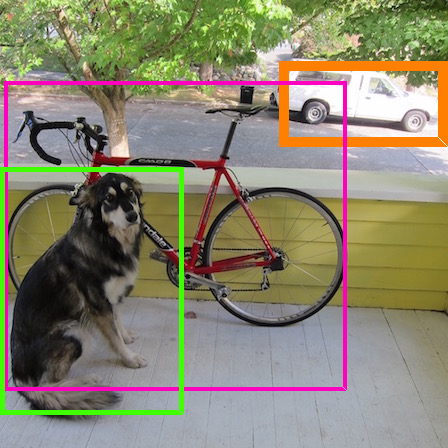Remote sensing is the image acquisition of a target without having physical contact with it. Nowadays remote sensing data is widely preferred due to its reduced image acquisition period. The remote sensing of ground targets is more challenging because of the various factors that affect the propagation of light through different mediums from a satellite acquisition. Several Convolutional Neural Network-based algorithms are being implemented in the field of remote sensing. Supervised learning is a machine learning technique where the data is labelled according to their classes prior to the training. In order to detect and classify the targets more accurately, YOLOv3, an algorithm based on bounding and anchor boxes is adopted. In order to handle the various effects of light travelling through the atmosphere, Grayscale based YOLOv3 configuration is introduced. For better prediction and for solving the Rayleigh scattering effect, RGB based grayscale algorithms are proposed. The acquired images are analysed and trained with the grayscale based YOLO3 algorithm for target detection. The results show that the grayscale-based method can sense the target more accurately and effectively than the traditional YOLOv3 approach.
翻译:遥感是一种在没有实际接触的情况下获取目标的图像的方法。如今,遥感数据由于图像获取期缩短而被广泛选用。地面目标的遥感更具挑战性,因为各种因素影响光通过卫星获取的不同媒介传播。正在遥感领域实施若干基于革命神经网络的算法。监督学习是一种机器学习技术,数据在培训前按其类别标注。为了更准确地探测和分类目标,采用了YOLOv3, 一种基于捆绑和锚定盒的算法。为了处理光在大气中运行的各种影响,采用了灰度的YOLOv3配置。为了更好地预测和解决雷电分散效应,提出了基于RGB的灰度算法。对获得的图像进行了分析和培训,使用了灰度的YOLO3算法进行目标检测。结果显示,灰度方法比传统的YOLOv3法更准确和有效地感知目标。



